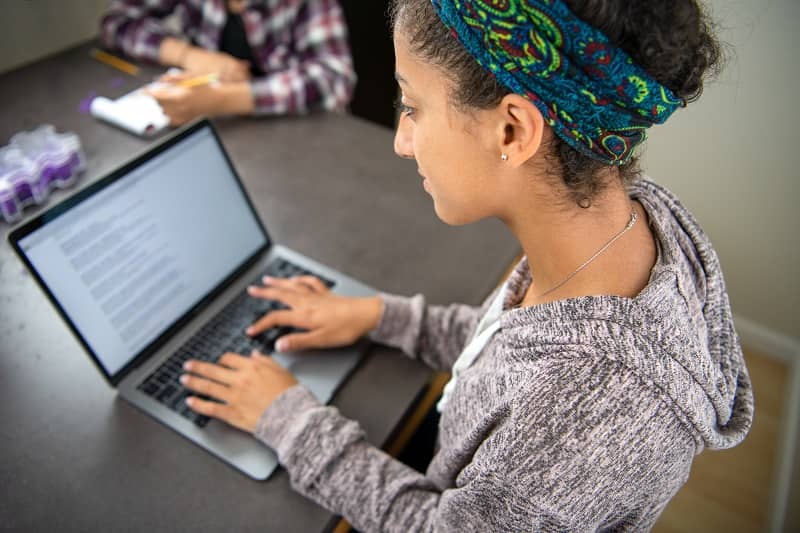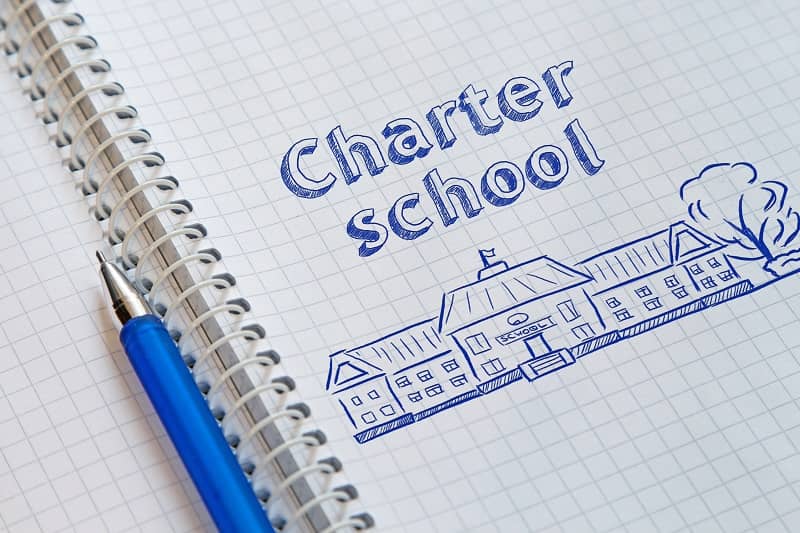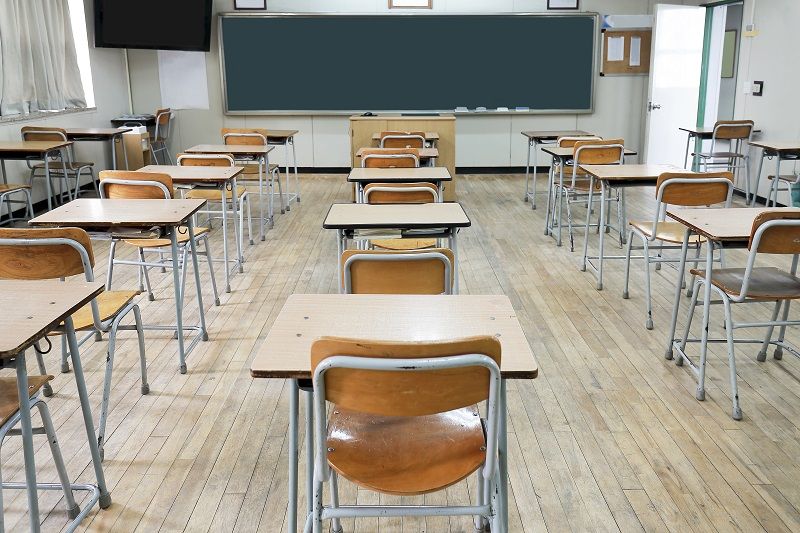With students everywhere heading to class, we hope you enjoy Part 2 of Cascade’s “virtual” back-to-school School Choice Film Fest.
The 2010 documentary film Waiting for “Superman” ignited new interest in the desperate desire of low-income parents to get their kids out of failing, one-size-fits-all public schools into better-performing charter schools. The five children poignantly profiled in the film faced barriers to their dreams in the form of too few charter school seats and a lottery acceptance process that made their futures dependent on a roll of the dice.
Charter schools have become a vital education option for thousands of students throughout the U.S. Moviegoers previously unfamiliar with charter schools (public schools with more freedom to be innovative than traditional district public schools) began to understand why parents―especially lower-income parents―want their kids so much to have a chance to attend charters.
Demand for charter schools far outstrips available seats, as Cascade’s 2011 study of Oregon charter school waiting lists found. Opening more charter schools is an important piece of the education reform puzzle. However, immediate, viable, successful alternatives to failing public schools have existed, often right in parents’ own neighborhoods, for decades. In much of the U.S., those options pre-date the American public school system itself.
Private and parochial schools have been a lifeline for low-income kids for generations, and today’s school choice movement seeks to maximize parents’ options for choosing the public, private, online, public charter, or home school that is the best fit for their children. Dozens of states and the District of Columbia have pioneered voucher programs, education tax credit laws, and Education Savings Accounts for parents. Private charity also plays a major role in helping children in need get a hand up early in life.
Education Savings Accounts, or ESAs, may be the most flexible way for states to help children learn in the ways that are best for them. ESAs are not a college savings plan. Rather, if families decide the public schools to which their children are assigned are not meeting their needs, they can leave those schools and instead receive money from the state to pay for approved alternative education options and expenses. Parents can spend the funds on private school tuition, individual courses at public schools, tutoring, online learning, textbooks, educational therapies, and other education-related services and products. They can use a combination of these services based on what they think would best meet their child’s learning needs.
Reforming our public education system is necessary, but low-income kids can’t wait for Superman. When the 2017 Oregon legislative session begins in January, ask your state legislators to empower Oregon children to succeed in whatever education setting works for them by supporting an Education Savings Account law.
And if you haven’t seen it yet, this is a great week to watch Waiting for “Superman.”











